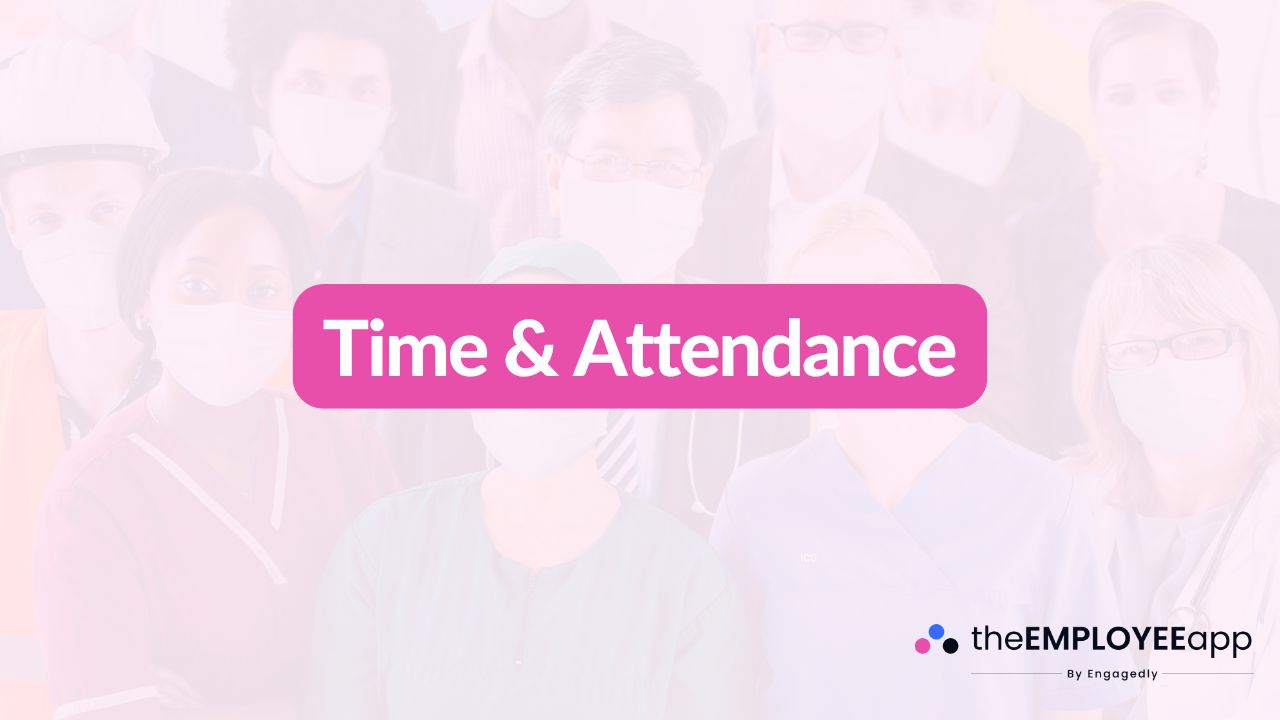
Introduction
Time and attendance are at the heart of effective workforce management. In simple terms, this refers to how organizations track employee work hours, shifts, absences, and schedules. Properly managing time and attendance ensures not only payroll accuracy but also productivity, compliance, and employee satisfaction. In 2025, with hybrid work and frontline scheduling challenges, businesses must rethink how they handle this critical function.
What Is Time & Attendance?
Time and attendance management refers to the systems and processes organizations use to record when employees start and end work, take breaks, or request time off. Traditionally, this was done through manual punch cards, timesheets, or sign-in sheets. Today, most organizations rely on digital solutions such as mobile apps, biometric systems, or cloud-based platforms to streamline the process.
Why Time & Attendance Matters
Accurately tracking employee time has wide-ranging implications for both employers and employees. For organizations, it ensures that labor costs are controlled and payroll errors are minimized. It also supports compliance with labor laws, overtime rules, and union agreements. For employees, fair time tracking builds trust, ensures transparency, and creates accountability. Without a reliable system, organizations risk miscommunication, disputes, and reduced morale.
Key Benefits of Effective Time & Attendance Systems
Improved Accuracy
Automated systems eliminate errors associated with manual timesheets, ensuring employees are paid correctly and on time.
Regulatory Compliance
Labor laws and overtime regulations are complex. A proper system helps businesses stay compliant and avoid costly penalties.
Increased Productivity
By reducing administrative burdens, managers can focus on workforce planning and employee engagement instead of manual tracking.
Better Scheduling
Integrated attendance data helps managers make smarter scheduling decisions, avoiding understaffing or overstaffing.
Enhanced Employee Experience
Employees gain visibility into their schedules, leave balances, and work hours, giving them more control and reducing frustration.
Challenges in Managing Time & Attendance
Despite its importance, many organizations face challenges in effectively managing time and attendance. Manual systems are prone to errors, buddy punching, and manipulation. In industries with deskless or frontline workers, capturing attendance can be difficult due to mobility and varying shift patterns. Additionally, integrating attendance data with payroll and HR systems can be a hurdle if organizations use outdated tools.
Modern Approaches to Time & Attendance
Technology has transformed how businesses track and manage attendance. Some of the most effective modern practices include:
Biometric Systems: Fingerprint or facial recognition tools reduce time fraud and ensure accurate attendance records.
Mobile Apps: Mobile-first solutions allow employees to clock in and out from any location, making them ideal for deskless workforces.
Cloud-Based Platforms: These systems centralize attendance data, integrate with payroll, and provide real-time insights to managers.
Self-Service Portals: Employees can view schedules, request time off, and check balances, reducing HR workloads and improving engagement.
AI-Powered Insights: Advanced platforms use predictive analytics to identify absenteeism trends, forecast staffing needs, and optimize schedules.
Best Practices for Organizations
To maximize the benefits of time and attendance systems, organizations should follow certain best practices. First, ensure that the system is user-friendly for both managers and employees. Adoption rates improve when tools are intuitive and mobile-friendly. Second, integrate attendance systems with payroll and workforce scheduling platforms to streamline data flow and reduce duplication. Third, communicate policies clearly and ensure employees understand how time and attendance affect payroll, compliance, and scheduling. Finally, regularly review data to identify patterns such as recurring absenteeism, overtime trends, or scheduling inefficiencies.
The Future of Time & Attendance
As workplace dynamics continue to evolve, time and attendance will become even more central to workforce scheduling. The rise of hybrid and deskless workforces requires flexible, technology-driven solutions that adapt to diverse environments. Organizations that invest in modern attendance systems will benefit from greater efficiency, happier employees, and stronger compliance.
Conclusion
Time and attendance may seem like a basic administrative function, but in reality, it is a cornerstone of workforce management. From ensuring payroll accuracy to empowering employees with scheduling transparency, its impact touches every part of an organization. By embracing modern, mobile-first systems and best practices, businesses can turn time and attendance management into a strategic advantage for both efficiency and employee engagement.
